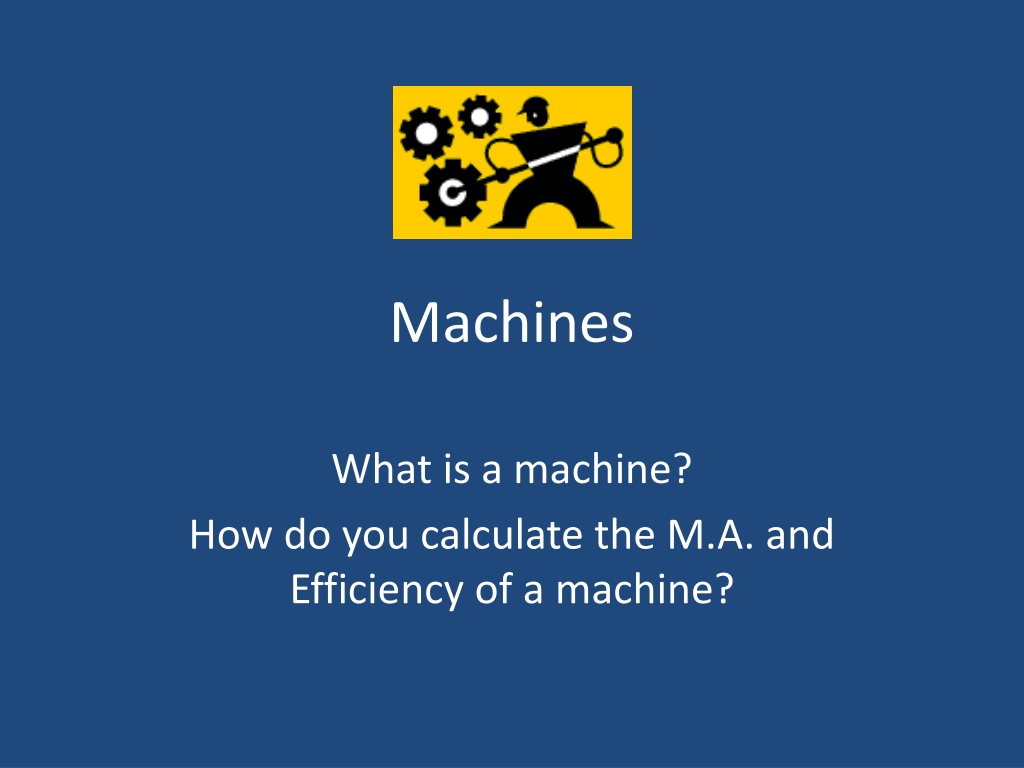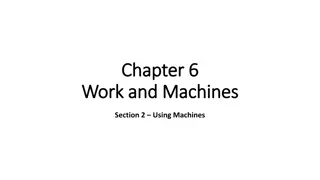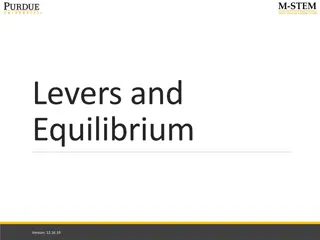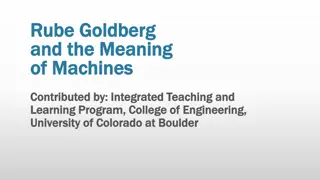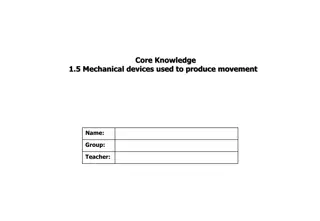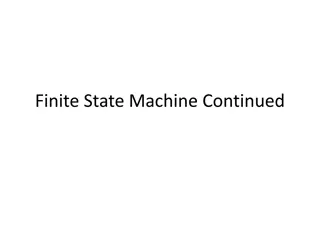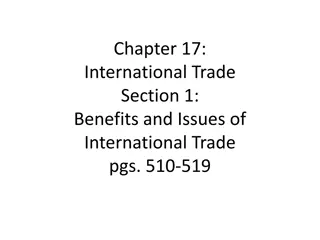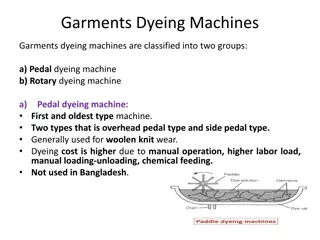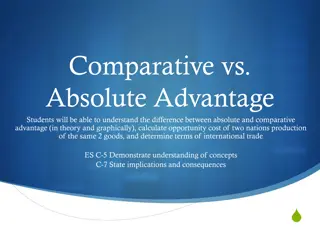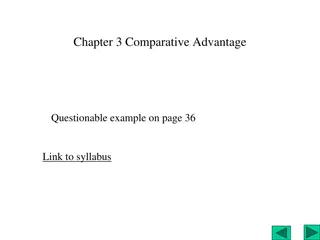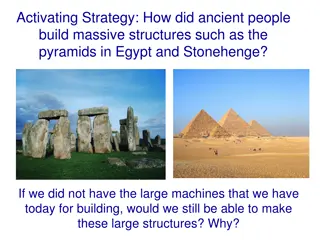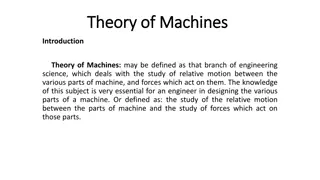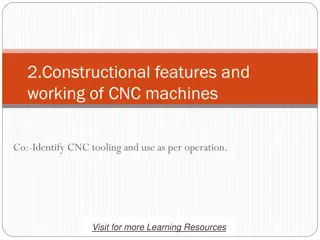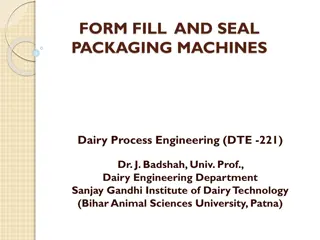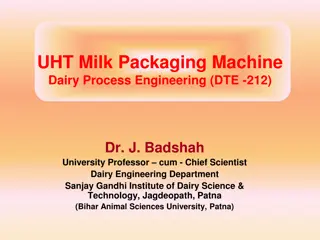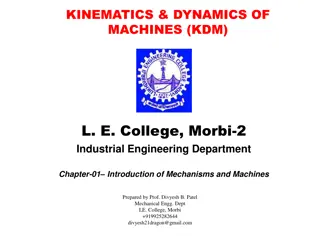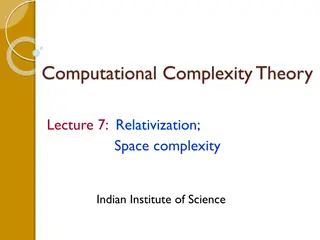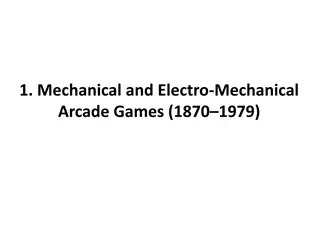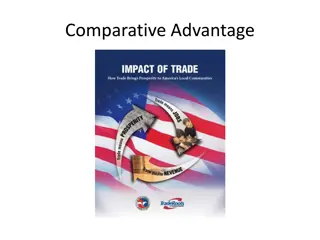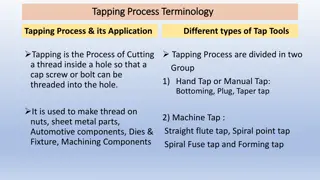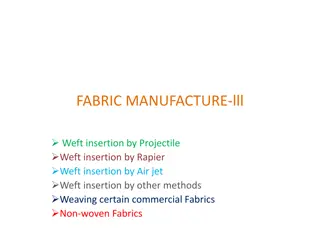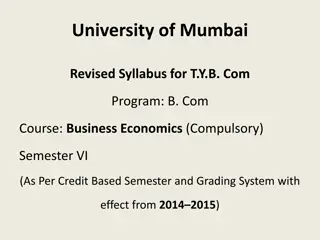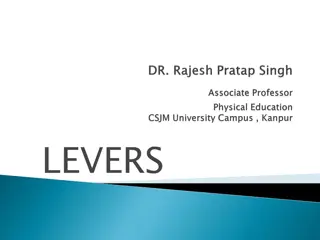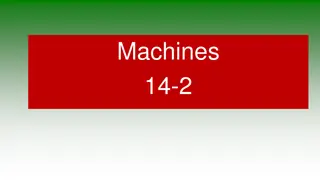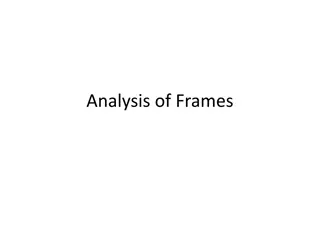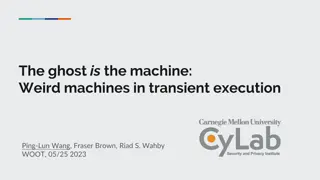Understanding Machines: Calculating Mechanical Advantage and Efficiency
In the world of machines, understanding what a machine is, how to calculate Mechanical Advantage (M.A.), and Efficiency is crucial. Machines alter force, distance, or direction to make work easier but do not multiply work. By assessing input force, distance, and work alongside output force, distance, and work, one can determine Mechanical Advantage, which signifies the force amplification achieved by a machine. Efficiency, on the other hand, measures how well a machine transforms input energy into useful work output.
Download Presentation

Please find below an Image/Link to download the presentation.
The content on the website is provided AS IS for your information and personal use only. It may not be sold, licensed, or shared on other websites without obtaining consent from the author. Download presentation by click this link. If you encounter any issues during the download, it is possible that the publisher has removed the file from their server.
E N D
Presentation Transcript
Machines What is a machine? How do you calculate the M.A. and Efficiency of a machine?
INPUT Input Force force you exert on a machine Input distance how much the input force moves the machine Input Work = Input F x Input d
OUTPUT Output Force the force the machine exerts on an object Output distance the distance over which the machine exerts the output force Output Work = Output F x Output d
Work and Machines A machine makes work easier by changing force, distance, or direction It DOES NOT multiply work The amount of output work can never be greater than the amount of input work
What is a machine? -A machine is a device that allows you to do work in a way that is easier. A machine changes at least one of three factors: -Force -Distance -Direction
Changing Force - Output force > Input force - Output distance < Input distance - Example: ramp - f x D F x d
Changing Distance - Output Force < Input Force - Output distance > Input distance - Examples: hockey stick, baseball bat, chopsticks, pedaling a bike - F x d f x D
Changing Direction - No change in force or distance - Only changes direction - Example: weight lifting machine - F x d d x F
Mechanical Advantage - Definition: the number of times a machine increases a force exerted on it - Formula: MA = Output F/Input F
Mechanical Advantage - Increasing Force when the output force is greater than the input force, the MA of the machine is > 1
Mechanical Advantage - Increasing Distance when the machine increases d, the output force is less than the input force, so the MA is < 1
Mechanical Advantage - Changing Direction if only the direction changes, the input force will be the same as the output force, so MA = 1
Efficiency - MA is ideal - In the real world, output work is always less than input work - Efficiency compares output work and input work - % - higher is more efficient
Efficiency - Friction in every machine, some work is wasted overcoming the force of friction - Equation: - E = (output W/input W) x 100%
Real vs Ideal - 100% efficiency is ideal - In reality, measured efficiency is less than 100%
